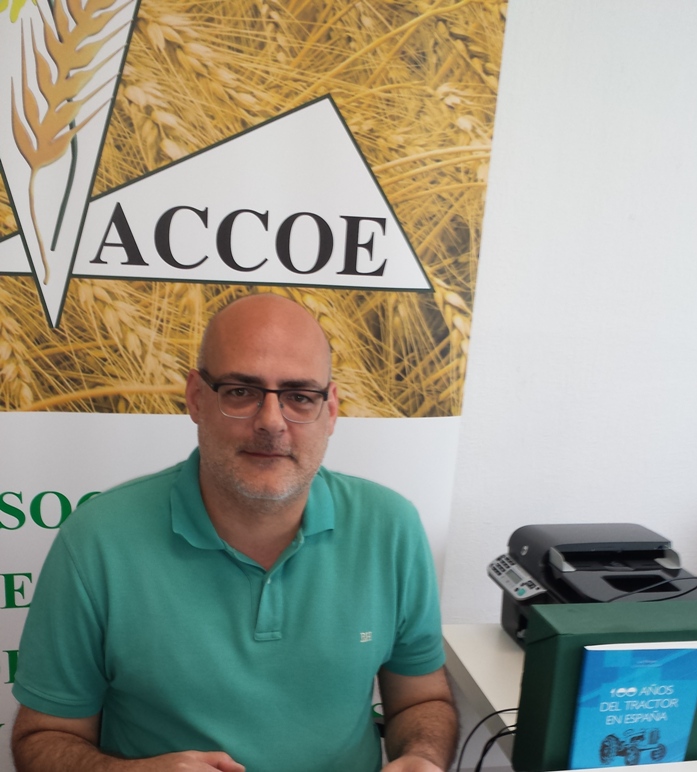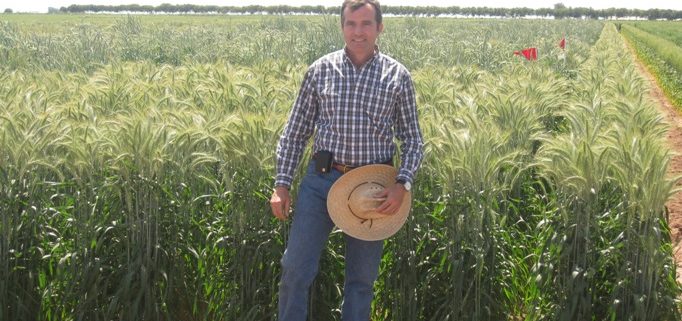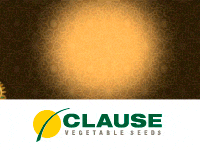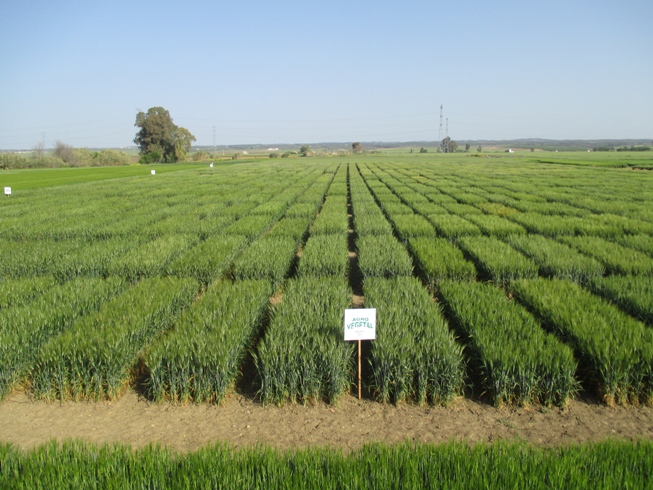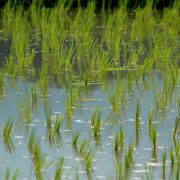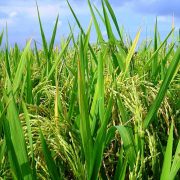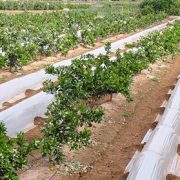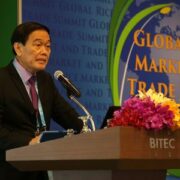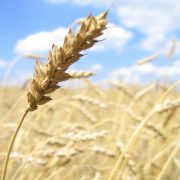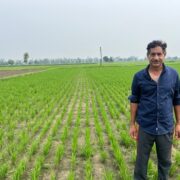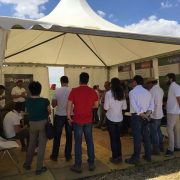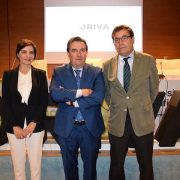Globalization in the field of R & D & I in cereals
By Ignacio Solís Martel, technical director of Agrovegetal S.A.
Cereals are the main source of food for mankind, and three of them, wheat, rice and corn account for a very important percentage of caloric intake on all continents.
The availability of sufficient quantities of these three cereals is not only a market problem but a major geostrategic issue and there have been numerous riots and protests linked to the scarcity of these commodities in many developing countries. As a close example we can cite the recent “Arab spring” which although had clear political and social motivations coincides with a period of high prices in cereals that probably increased the indignation of the population with its rulers.
Aware of this, in the sixties of the twentieth century, a group of countries and international institutions created two agricultural research centers dedicated to the improvement of rice cultivation (IRRI), based in the Philippines, and of maize and wheat (CIMMYT) in Mexico, which are now part of the Consultative Group on International Agricultural Research (CGIAR) funded by a large number of states, and public and private institutions around the world. It is not a question of practicing charity in the traditional way, but of providing economically less favored countries with varieties and technology to efficiently produce these grains as a way of facilitating their development and contributing to greater social and economic stability.
As these two international institutes are so efficient and their impact on world agriculture is so high, cereal research can be said to have globalized differently in two large groups of countries. On the one hand, the less industrialized countries, where agriculture remains an important state issue, and where public institutes and the few private companies that invest in cereal research channel all their efforts around the CGIAR centers where they find support for the training of its researchers, the acquisition of knowledge and the development of new products and cultivation techniques. On the other hand, the states with the greatest economic development, which in turn can be divided into two large blocks, those where cereal production continues to be an important economic activity, either because of its high population or for being large exporters (the United States, France, Canada, etc.) and, on the other hand, some northern European countries where agricultural production, in general, and cereal production in particular, has fallen into the background and its policies in this area are centered on the protection of the environment than on food production.
In industrialized countries, cereal research is often divided into the most basic and medium- and long-term aspects of the universities and public institutes, and the more applied aspects that are increasingly in the hands of the departments of R & D & I of private companies.
“With regard to global food security, the greatest challenge is to meet the needs of a growing population in Africa, Asia and Latin America, so the role of IRRI and CIMMYT is crucial to achieve this”
Recently, several global initiatives promoted by these institutes have been launched, such as the launching of golden rice project, maize with high protein quality (QPM), the incorporation of new resistance genes for wheat rust (BGRI), nutritional improvement of maize and wheat (HarvestPlus), the international consortium for the promotion of wheat productivity (Wheat Initiative), etc. It is about increasing the productivity of cereals and also improving their nutritional quality in countries where fruit and vegetable consumption is very low and there are significant deficiencies of vitamins and proteins.
The success of these initiatives will depend to a large extent on sufficient funding from the public and private States and Institutions that support the CGIAR Institutes with their input. I have had the opportunity to collaborate with CIMMYT in the last 18 years and I attest to the enormous effectiveness, dedication and altruism of its technicians and scientists who keep alive the flame that ignited its founder Norman Borlaug 50 years ago.
“We have the necessary equipment so that the research in cereals reaches all corners of the Earth and we only have to feed the flame that will provide us a fairer and better fed world”
Of the three large cereals, in Spain the most important by area and production is wheat grown mainly in dry land, followed by maize and rice that are cultivated in irrigated land. And above the three is the barley that is cultivated in more than 3,000,000 has and is destined in more than 80% to animal feed and the rest to the production of malt for the brewing industry. Although in theory we are an industrialized country, and our irrigated agriculture is leading in the generation of R & D and the use of technologically advanced inputs, in drylands yields are low and technology is scarce.
If we focus on wheat production is mainly done in the drylands of the two Castillas, Aragon, Extremadura and Andalusia. To the north of Despeñaperros, the varieties created by the large European seed companies (Limagrain, RAGT, Florimond Desprez, Syngenta, etc.) for southern France and Italy are reasonably well adapted, especially in the most productive areas and in these regions. Cultivate their varieties in conditions of low inputs, due to the low yields and the scarcity of fungal diseases. However, in Andalusia the situation changes radically since its differentiated climate requires short cycle varieties, with resistance to numerous foliar diseases and with high grain quality, as traditionally the flour and semolina industries seek their breeding wheat in the areas where the ripening conditions are warm and dry.
In order to satisfy R & D & I needs in the cultivation of wheat in Andalusia, a group of Andalusian agricultural cooperatives created the company Agrovegetal S.A. in 1998 for the development of new varieties of durum wheat, wheat flour and triticale, CIMMYT, which has materials very well adapted to our agroclimatic conditions after more than 40 years of experimentation in the south of the Iberian peninsula, which shares soils and climate with extensive cereal regions of North Africa. Each year Agrovegetal employees travel to the test fields located in Ciudad Obregón (Mexico) to choose from thousands of candidates the most suitable lines for their agronomic and industrial quality evaluation in southern Spain.
In order to obtain useful technology for our cereal partners, Agrovegetal participates in European R & D projects and collaborates with Spanish public research centers, such as IRTA, IFAPA, CSIC, the University of Córdoba, the University of Seville and the Polytechnic University of Madrid, as well as large companies in the phytosanitary sector such as BASF, BAYER Cropscience and Syngenta for the evaluation and development of their products under our growing conditions.
YOU MIGHT ALSO LIKE:
➡️Globalization of the world cereal market
